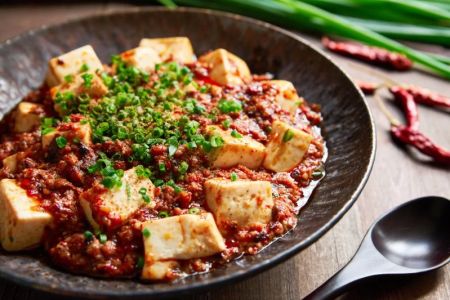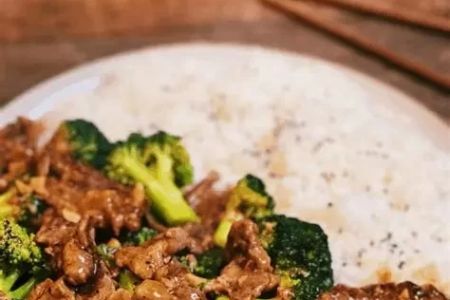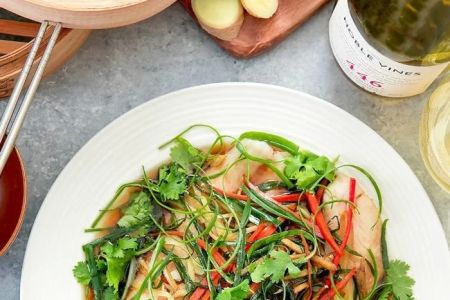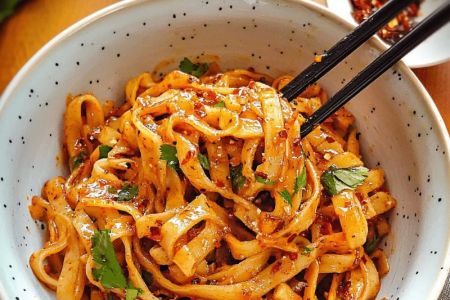- 1 - Understanding Chinese Boiling and Blanching Techniques
- 2 - Choosing the Right Vegetables for Boiling and Blanching
- 3 - Mastering Temperature and Timing for Perfect Results
- 4 - Cultural Insights: Why These Methods Matter in Chinese Cuisine
- 5 - Real Examples and Practical Applications
- 6 - Modern Twists on Traditional Boiling and Blanching
- 7 - Bringing It Home: How to Practice These Techniques in Your Kitchen
1. Understanding Chinese Boiling and Blanching Techniques
When we talk about mastering the art of Chinese boiling and blanching for perfectly cooked vegetables, it’s not just about putting greens into hot water. In Chinese cooking, these methods are elevated into an art form, ensuring that vegetables retain their vibrant color, crisp texture, and subtle flavor. The goal is not to overcook but to celebrate the freshness of the ingredients.
2. Choosing the Right Vegetables for Boiling and Blanching
2.1 Leafy Greens
Chinese cabbage, bok choy, and spinach are favorites for blanching. They respond well to quick heat, preserving nutrients and delivering that signature crunch when paired with light sauces or garlic oil.
2.2 Root and Stem Vegetables
Lotus root, Chinese broccoli (gai lan), and celery also benefit from blanching. The brief immersion enhances their sweetness while maintaining bite, making them excellent side dishes or stir-fry companions.
3. Mastering Temperature and Timing for Perfect Results
The secret lies in water temperature and timing. Water should be boiling vigorously, and salt is often added to lock in color. Most leafy vegetables need less than two minutes, while heartier roots may take three to five. Experienced cooks even recommend plunging vegetables into ice water immediately afterward to stop cooking and maintain brightness.
4. Cultural Insights: Why These Methods Matter in Chinese Cuisine
Boiling and blanching hold a special place in Chinese kitchens. These techniques symbolize simplicity and respect for natural flavors. Unlike heavy sauces or long cooking methods, blanching highlights the ingredient itself. This minimalistic philosophy has been passed down for generations and remains central to home and restaurant kitchens alike.
5. Real Examples and Practical Applications
In many authentic Chinese meals, diners are greeted with a plate of blanched gai lan drizzled with oyster sauce—a dish that looks simple but requires precision. Another popular example is blanched spinach served with sesame dressing. These dishes often surprise newcomers with their intensity of flavor despite the simplicity of preparation.
6. Modern Twists on Traditional Boiling and Blanching
Today, chefs experiment with fusion flavors while preserving these classic techniques. Some add infused oils or spices to blanching water to impart subtle notes. Others use blanching as a pre-cook step for freezing vegetables at peak freshness. These innovations show how timeless methods adapt to modern kitchens.
7. Bringing It Home: How to Practice These Techniques in Your Kitchen
You don’t need a professional setup to master these skills at home. A pot of boiling water, a strainer, and fresh produce are all you need. Start with bok choy or broccoli, practice timing, and notice the difference compared to steaming or frying. For curated cooking tips and high-quality ingredients, explore Chinese Food, where you’ll find everything to elevate your home cooking experience.







